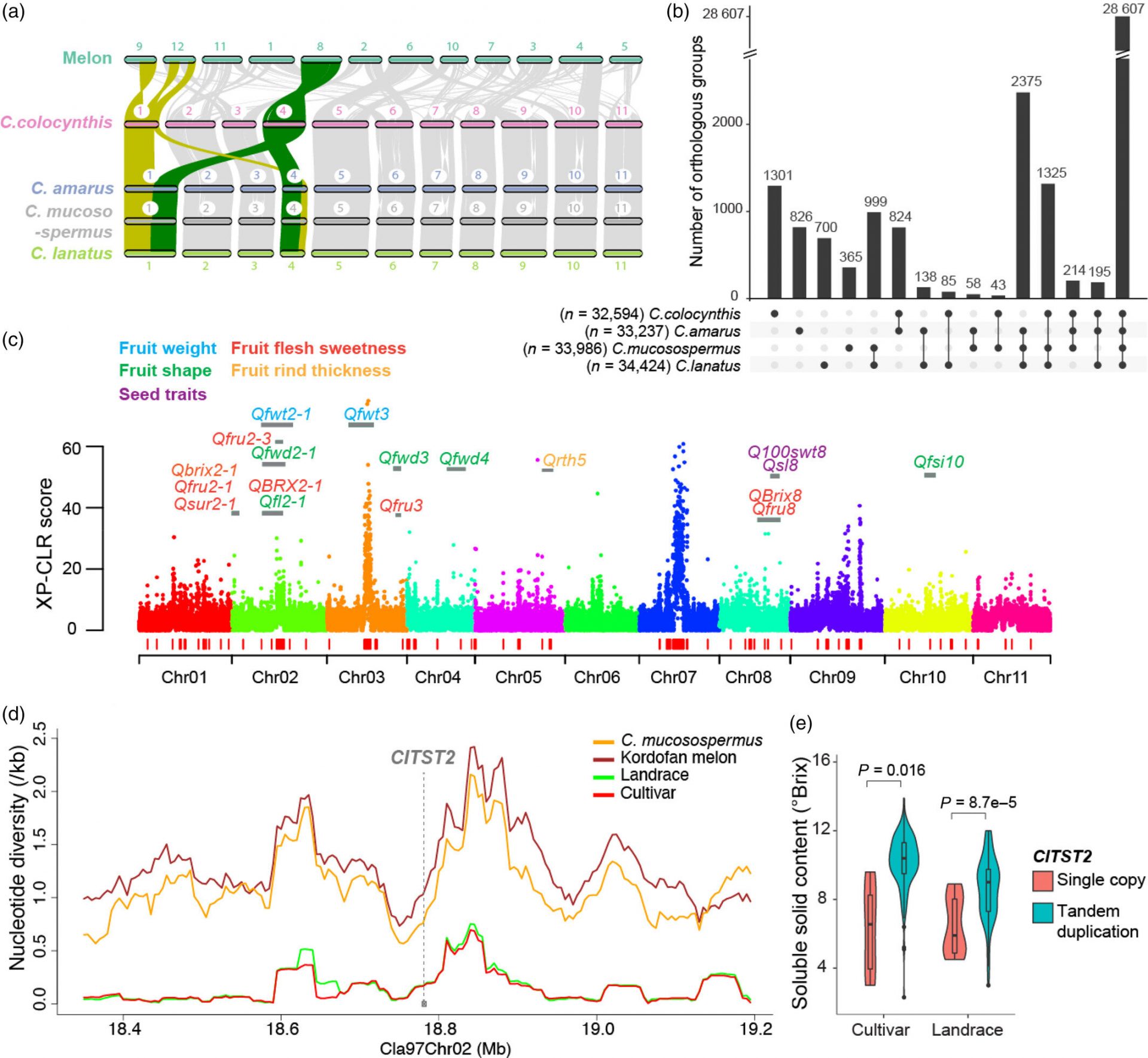A groundbreaking research team, led by Professor Wang Jian, has made significant advancements in the key technology of the main focus camera for the Wide Field Survey Telescope (WFST). Their findings have been published in IEEE Transactions on Instrumentation and Measurement.
Wide-field cameras are the heart of wide-field telescopes. However, due to the limitations of individual sensors, a single sensor cannot meet the demands of a large focal plane. The critical technology lies in the mosaic assembly of large-target detectors.
Creating high-precision focal plane arrays requires meticulous fabrication and accurate measurement. To ensure excellent flatness under cold conditions, measurements must be conducted at both room and low temperatures. This enhances the imaging quality of the detector.
In China, efforts have been made to leverage existing research teams and capitalize on the expertise and foundational research in astronomy. The University of Science and Technology of China (USTC) and the Purple Mountain Observatory of the Chinese Academy of Sciences (CAS) have jointly proposed the construction of the WFST—a 2.5-meter aperture telescope with advanced sky survey capabilities.
A pivotal component of the WFST is its large focal plane mosaic main camera. The scientific imaging of this camera is assembled from a mosaic of nine 9K×9K CCD chips, making it the largest of its kind domestically and positioning it at a world-leading level.
The development of the main camera faced challenges in high-precision measurements, especially under cold conditions. The team successfully addressed these challenges by implementing vacuum cold packaging of the detectors, high-precision measurement and assembly of large-target detectors, low-noise and low-power reading and driving of the detectors, and efficient camera control.
For the high-precision measurement of large target detectors, the team introduced a Differential Triangulation Measurement method based on laser triangulation, suitable for sensors under low-temperature packaging conditions. The measurement error under vacuum sealing does not exceed 0.5%, and the repeated measurement accuracy can reach up to ±2μm.
The WFST primary focus camera has now been successfully developed and transported to Cold Lake for installation and integration with the main body of the telescope for calibration and testing.








